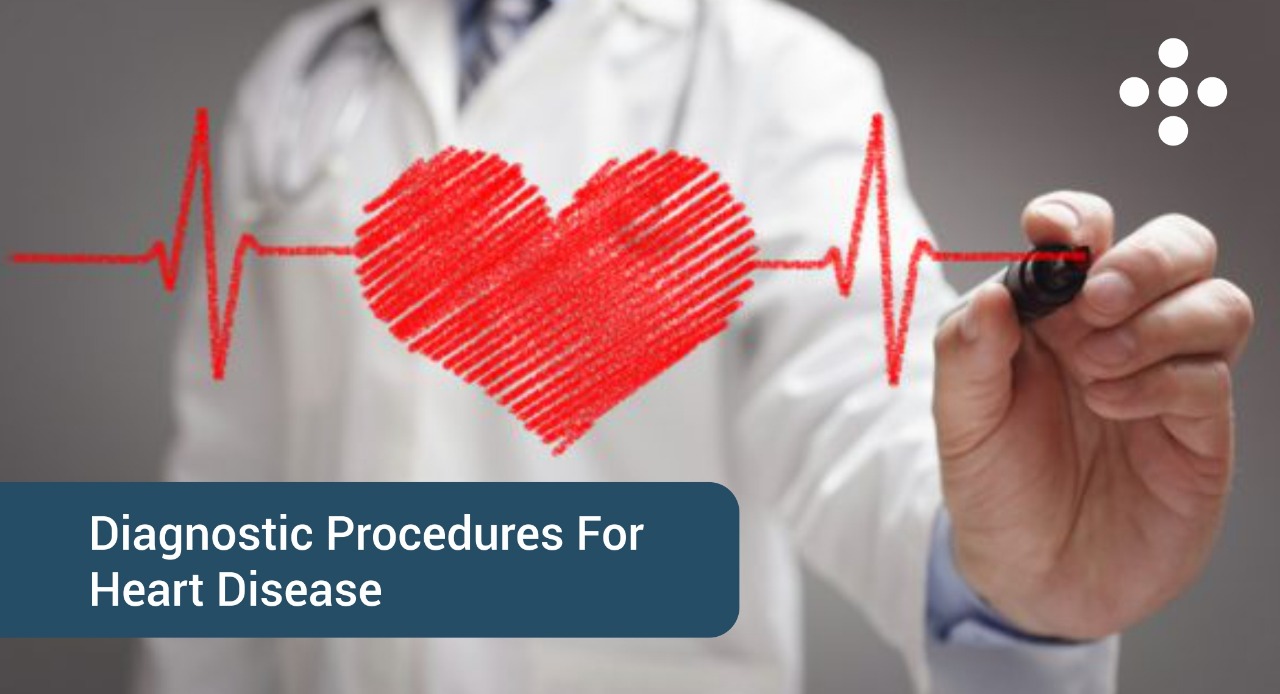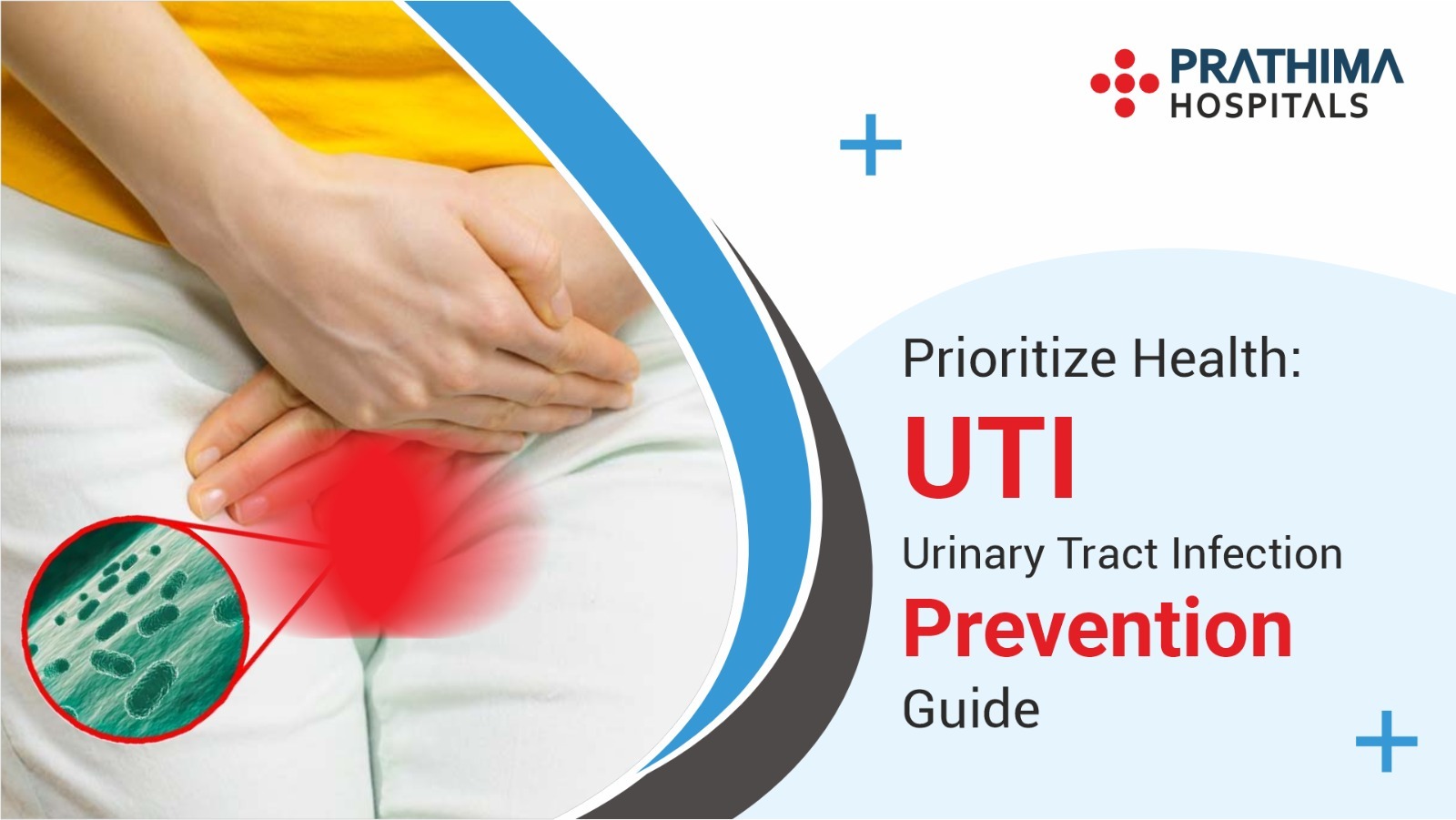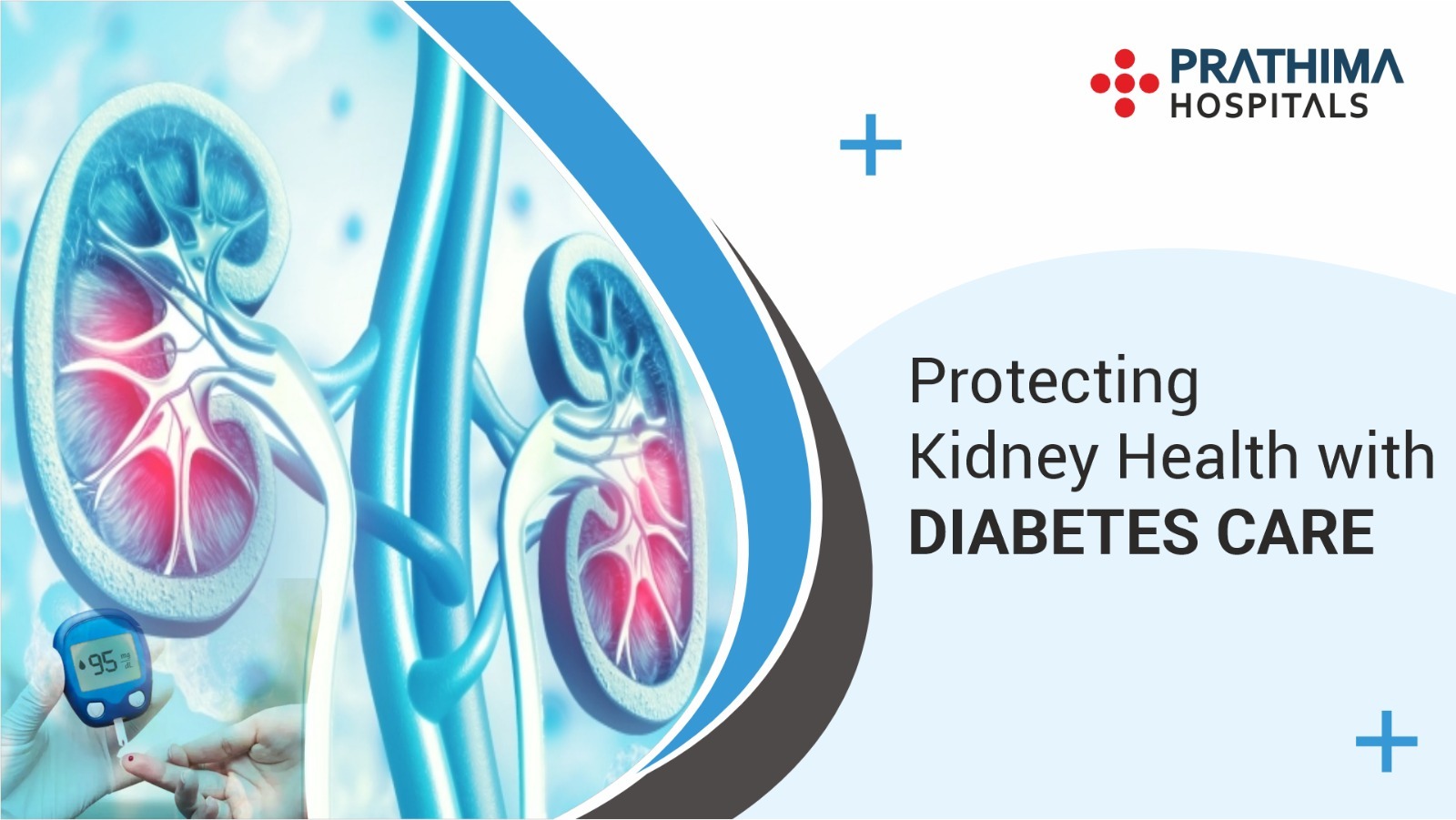Diagnostic Procedures for Heart Diseases

What are the Diagnostic Procedures for Heart Diseases?
Diagnostic testing cardiology is indicated for the diagnosis and assessment for heart disease in a patient this could be for the assessment of a patient with cardiac symptoms or for the monitoring of patient with already established cardiac disease.
What are the most common tests?
There are multiple tests that can be performed to evaluate for heart disease are the most common test that we use is the ECG or electrocardiogram.
The electrocardiogram test is a simple non-invasive test that involves assessing the electrical signature of the heart muscle are essentially electrical of electrodes are placed on a patient’s chest and on their limbs and from that we see the electrical activation of the heart of this is the best test to really assess the heart rhythm and at times can give us a clue as to whether or not there are other problems or structural abnormalities of the heart this is a non- invasive tested poses no risk to the patient and is generally is very easy to performing well tolerated involves actually no preparation.
What is Echocardiography?
Echocardiography is a more involved test of the heart involves the use of ultrasound to image the heart muscle structures in and around the heart and assists the cardiologists in other positions in ascertaining the health of the heart muscle the health of the heart valves and to really screen for any structural abnormalities of the heart.
The test itself is non-invasive opposes really no risk to the patient are involved very little if any preparation.
What is cardiac stress test and its importance?
Cardiac stress testing involves primarily evaluating a patient’s heart for the presence of any blockages in the blood supply to the heart usually involves stressing of the patient with some sort of stress or be that exercise were medicine to stress the heart for patients were unable to exercise.
We couple that with imaging of the heart usually with EKG but at times more elaborate imaging such as echo cardiogram or nuclear medicine scans and the combination of the information gives a very good assessment of the blood supply to the heart muscle into screen for blockages were interruptions enough blood supply.
What is Cardiac Catherization?
Cardiac catheterization is a minor surgical procedure of involving placing catheters or long skinny hollow plastic tubes into the heart and the structure surrounding the heart.
During this procedure cardiologists can directly visualize your heart arteries by injecting a contrast dye into those arteries and taking pictures with an X-ray.
Also typically measured pressures in and around the hard to get a sense for how well the heart in the heart valves are functioning.
A cardiac catheterization is really one of the most accurate tools to assess the health of a hard.
What preparation involved in cardiac catherization?
Characterization is performed in the hospital in a setting called the cardiac catheterization lab which is very similar to an operating room setting.
Involves placing catheters inside of your arteries so arterial access or entry into the arteries usually achieved through the leg sometimes through the Wrist.
Preparation for a heart catheterization usually is very similar to preparations for other surgical procedures usually involves being in a fasting state or not eating or drinking after midnight the night before the procedure it also may involve adjusting your medications such as diabetic medications before the procedure and all the should be discussed in great detail a with your physician before undertaking the catheterization.
Very similar to other surgical procedures it usually involves pre-operative blood work as well.
Is there any risk factors involved in cardiac catherization?
It is an invasive procedure it is a low risk procedure with the incidence of a major complication being well less than one percent of its certain complications can arise that are very serious including but not limited to a stroke or even precipitating a heart attack.
A characterization is a very serious procedure and should only be done with the strongest of indications in close consultation with the cardiologists.
Prathima Hospitals do have an elective cardiac catheterization program where patients can come in and get their cardiac characterizations.
Under emergency circumstances like of during a heart attack patient can get emergency angioplasty as well.
What are the other common types of test for heart disease diagnose?
In recent years certain other a cardiac imaging modality are become more popular and have gained more usefulness in clinical practice among those are cardiac Cat scans and cardiac MRIs are these are more advanced studies to look at the structure of the heart muscle and also two of perhaps screen for coronary artery disease without the use of a heart catheterization.
Often times prior to a cardiac MRI or cardiac CT scan doctor may prescribe medication such as a beta blocker to slow your heart rate down.
Much of the image acquisition during cardiac CT and MRI is done during just one heart beat it’s very important to have your heart rate as low as possible for that reason your doctor will likely prescribe medications to slow your heart rate down before these procedures are done. Cardiologist in Hyderabad.





